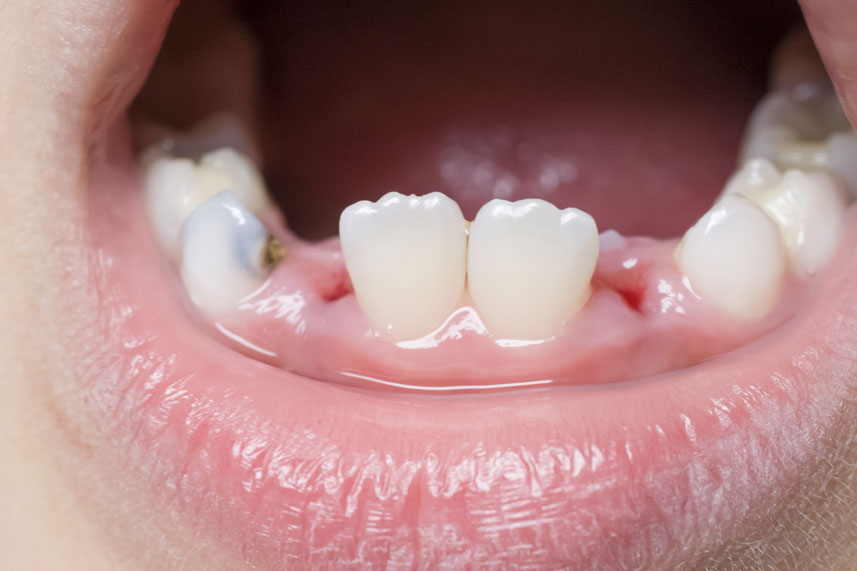How To Prevent Dry Socket After Tooth Extraction?

Preventing dry socket, also known as alveolar osteitis, is a crucial aspect of post-tooth extraction care. Dry socket occurs when the blood clot that forms over the socket where the tooth was removed becomes dislodged or dissolves, exposing the bone and nerve endings. This condition can be extremely painful and may delay the healing process. Understanding the causes and taking proactive measures can significantly reduce the risk of developing dry socket.
Understanding the Causes of Dry Socket
To effectively prevent dry socket, it’s essential to understand its causes. The condition is often associated with the dislodgment of the blood clot that forms over the socket. This dislodgment can be caused by various factors, including:
- Poor Oral Hygiene: Not keeping the mouth clean after tooth extraction can lead to infection, which may cause the blood clot to become dislodged.
- Smoking or Using Tobacco Products: Tobacco use can reduce blood flow to the gums, which may interfere with the healing process and cause the blood clot to dissolve.
- Drinking Through a Straw: Creating suction in the mouth can dislodge the blood clot.
- Eating Hot or Spicy Foods: Consuming foods that are too hot or spicy can cause discomfort and potentially dislodge the clot.
- Intense Physical Activity: Engaging in strenuous activities can increase the risk of dislodging the blood clot.
Preventive Measures
To minimize the risk of dry socket, follow these preventive measures:
Immediate Post-Extraction Care
- Bite on the Gauze: After the extraction, bite firmly on the gauze provided by your dentist for the recommended amount of time (usually 30 minutes to an hour). This helps to stop the bleeding and initiate clot formation.
- Rest: Avoid strenuous activities for at least 24 hours. Resting will help prevent dislodging the blood clot.
- Pain Management: Follow your dentist’s instructions for pain management. Sometimes, pain can lead to behaviors that might dislodge the clot, such as vigorous rinsing or spitting.
Oral Hygiene Practices
- Warm Salt Water Rinses: Start rinsing with warm salt water (1⁄2 teaspoon of salt in 8 ounces of water) 24 hours after the extraction. This helps keep the area clean without dislodging the clot.
- Gentle Brushing: Resume brushing your teeth gently, avoiding the extraction site for a couple of days. You can start cleaning the site gently with a soft brush after 2-3 days.
- Avoid Using Mouthwash: Unless advised by your dentist, avoid using mouthwash, especially those containing alcohol, as they can dissolve the blood clot.
Dietary Adjustments
- Soft Foods: Stick to a diet of soft foods for a few days after the extraction. Avoid eating hot, spicy, or hard foods that could dislodge the clot.
- Stay Hydrated: Drink plenty of water to keep your mouth moist and promote healing.
Avoiding Irritants
- No Smoking: Avoid smoking or using tobacco products for at least 24-48 hours after the extraction.
- Avoid Drinking Through a Straw: For at least a week, avoid drinking through a straw to prevent creating suction that could dislodge the clot.
Follow-Up Appointment
- Schedule a Follow-Up: Visit your dentist for a follow-up appointment to ensure the extraction site is healing properly.
Symptoms and What to Do
If you experience severe pain, foul odor, or visible bone or dry socket after the extraction, contact your dentist immediately. These could be signs of dry socket. Your dentist can provide a dressing to cover the dry socket and prescribe medications to manage the pain.
Conclusion
Preventing dry socket after tooth extraction involves careful adherence to your dentist’s instructions, maintaining good oral hygiene, and adopting a gentle, cautious approach to daily activities. By understanding the causes of dry socket and following the preventive measures outlined, you can significantly reduce the risk of this condition and ensure a smooth, comfortable recovery.
What are the primary causes of dry socket after tooth extraction?
+Dry socket is primarily caused by the dislodgment or dissolution of the blood clot that forms over the extraction site. This can be due to poor oral hygiene, smoking or tobacco use, drinking through a straw, eating hot or spicy foods, and engaging in intense physical activities.
How can I manage pain after tooth extraction to prevent dry socket?
+Follow your dentist's instructions for pain management. Over-the-counter pain relievers may be recommended. It's also important to rest and avoid activities that could dislodge the blood clot.
What kind of diet should I follow after tooth extraction to prevent dry socket?
+Stick to a soft food diet for a few days after the extraction. Avoid hot, spicy, or hard foods that could dislodge the clot. Stay hydrated by drinking plenty of water.
How long should I avoid smoking after tooth extraction to prevent dry socket?
+It's recommended to avoid smoking or using tobacco products for at least 24-48 hours after the extraction. Tobacco use can reduce blood flow to the gums and interfere with the healing process.
What should I do if I suspect I have developed dry socket?
+If you experience severe pain, notice a foul odor, or see visible bone or dry socket, contact your dentist immediately. They can provide a dressing for the dry socket and prescribe medications for pain management.
By being informed and proactive, individuals can reduce the risk of dry socket and ensure a smoother recovery after tooth extraction. Remember, each person’s healing process is unique, and what works for one might not work for another. Always follow the specific advice given by your healthcare provider.